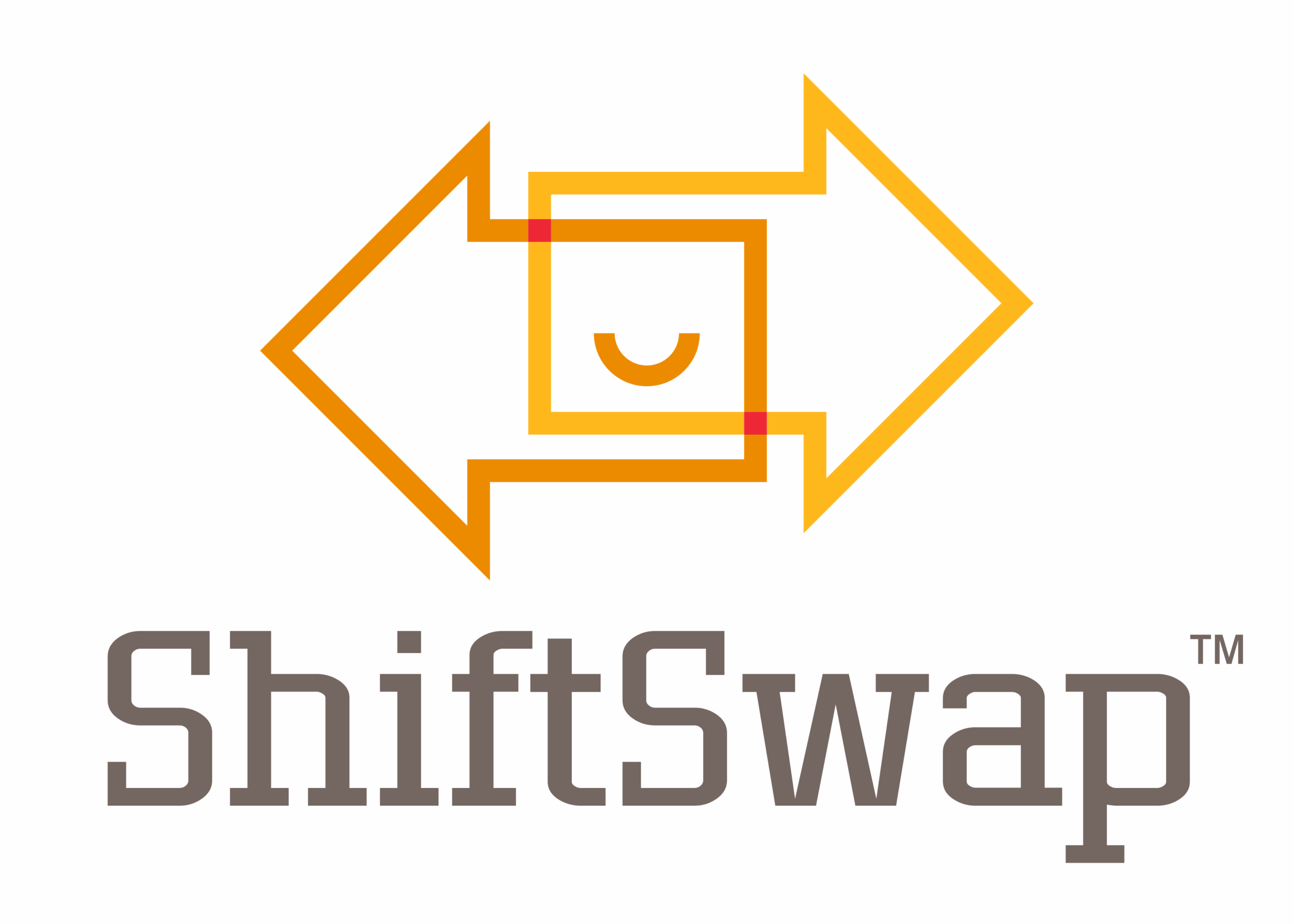The Transformation of HR: From Paperwork to People-Centric Strategy
If you’ve been part of the workforce for a couple of decades, you’ve likely seen some pretty dramatic shifts in human resources (HR). What used to be a mountain of paperwork has grown into a data-driven powerhouse that’s now an essential part of any business.
Expanding on Mikaela Cohen’s article in HR Brew, “The Past 25 Years Have Been an Uphill Journey for the HR Function,” let’s explore how HR has developed and what the future holds for this crucial field.
Early 2000s: Paperwork and Misconceptions
Back in the early 2000s, HR was often viewed as merely a necessary administrative function rather than a strategic partner. Many HR departments were overwhelmed with manual tasks, with résumés printed out and stuffed into bulky filing cabinets, and employee records painstakingly tracked on paper. Without the technology tools we have today, HR professionals spent most of their time on repetitive tasks instead of developing creative strategies to engage and retain talent.
The narrow view of HR extended to how employees perceived the department. HR was often seen as the enforcer of rules or the bearer of bad news. Terms like “candidate experience” and “employee experience” were hardly on anyone’s radar, and HR’s role in shaping business strategy was pretty minimal. A disconnect was formed between HR professionals and the employees they were meant to support, leaving many feeling detached from their organization’s goals.
The Digital Shift: Tools and Data Reshaping HR
The advent of technology fundamentally altered the HR landscape. With LinkedIn launching in 2003, recruiting became a breeze, allowing HR teams to connect with candidates more effectively and evaluate qualifications with just a few clicks. Applicant tracking systems (ATS), automated payroll, and comprehensive human capital management (HCM) platforms have streamlined processes that once took hours to complete.
The advancements in HR technology brought about a twofold benefit: HR professionals found themselves with more time to concentrate on strategic initiatives, while companies gained invaluable insights through people analytics. Metrics like employee engagement scores, turnover rates, and productivity trends started to steer decision-making. With these new tools, HR departments could assess the “quality of new hires” and craft data-driven strategies aimed at enhancing the employee experience.
Digital transformation also emphasized the importance of transparency and communication. HR teams became better equipped to address employees’ concerns effectively, encouraging trust and collaboration across organizations.
The Rise of People-Centric HR
As millennials and Gen Z entered the workforce, they significantly reshaped the expectations placed on HR departments. These generations prioritize flexibility, meaningful work, and a sense of purpose, prompting organizations to rethink their approach to employee engagement. HR professionals began prioritizing the creation of supportive and inclusive environments where everyone could flourish.
Additionally, company culture moved from being a buzzword to a measurable asset. HR teams introduced policies such as mental health days, flexible work arrangements, and unique benefits like pet bereavement leave. The shift emphasized the need to align workplace policies with the evolving needs and values of employees.
“HR wasn’t as concerned with culture back then,” says Liz Bronson, reflecting on the early 2000s. Nowadays, promoting a positive workplace culture is considered essential for attracting and retaining top talent.
Challenges Today
Despite these advancements, HR professionals continue to face persistent challenges of being fully recognized as strategic business partners. Economic pressures have led to cutbacks in important initiatives like diversity, equity, and inclusion (DE&I), as well as reductions in recruitment budgets. Additionally, some organizational leaders continue to sidestep HR when making major decisions, revealing a lingering underestimation of HR’s value.
The transition to remote and hybrid work has certainly brought its own set of challenges. HR teams are now tasked with maintaining a sense of connection and culture in workplaces that are more dispersed than ever. It takes a lot of resilience and adaptability to juggle these challenges while still advocating for progressive policies.
On top of that, the rapid evolution of workplace technology necessitates that HR professionals stay ahead of the curve. They must become comfortable with new tools, such as AI-driven recruitment platforms and digital engagement solutions, while ensuring these innovations are accessible and truly beneficial for employees.
The Future of HR: Strategic and Resilient
Looking ahead, the future of HR is full of potential. As companies embrace more people-focused strategies, HR professionals are in a prime position to spearhead initiatives that boost both employee well-being and overall organizational success.
Technology will remain pivotal. With automation and AI taking over administrative tasks, HR leaders can shift their focus to more strategic endeavors. Predictive analytics will empower organizations to anticipate workforce trends, pinpoint skill gaps, and create proactive solutions.
Inclusivity will take center stage. Increasingly, organizations are recognizing that diversity, equity, and inclusion are key drivers of innovation and performance. HR teams will need to cultivate environments where every employee feels valued and heard.
Employee empowerment will drive retention. Offering flexible work arrangements, personalized benefits, and opportunities for growth will be essential in retaining talent. HR professionals will need to align policies with the values and needs of a diverse, multi-generational workforce.
HR's Role in Organizational Success
The transition from a reactive to a proactive approach in HR signifies a change in how companies perceive their workforce. HR has evolved from being a behind-the-scenes function to becoming a key player in driving organizational growth.
Over the last 25 years, we’ve seen HR transform dramatically. Moving away from outdated, paper-based processes, HR has stepped into a role of strategic leadership, becoming an essential partner in shaping the future of work. By consistently championing employees, embracing new technologies, and fostering cultural change, HR professionals can help their organizations navigate any challenges that come.
Start Planning for Success
Schedule a demo with ShiftSwap™ today and learn how to streamline your workforce management.

